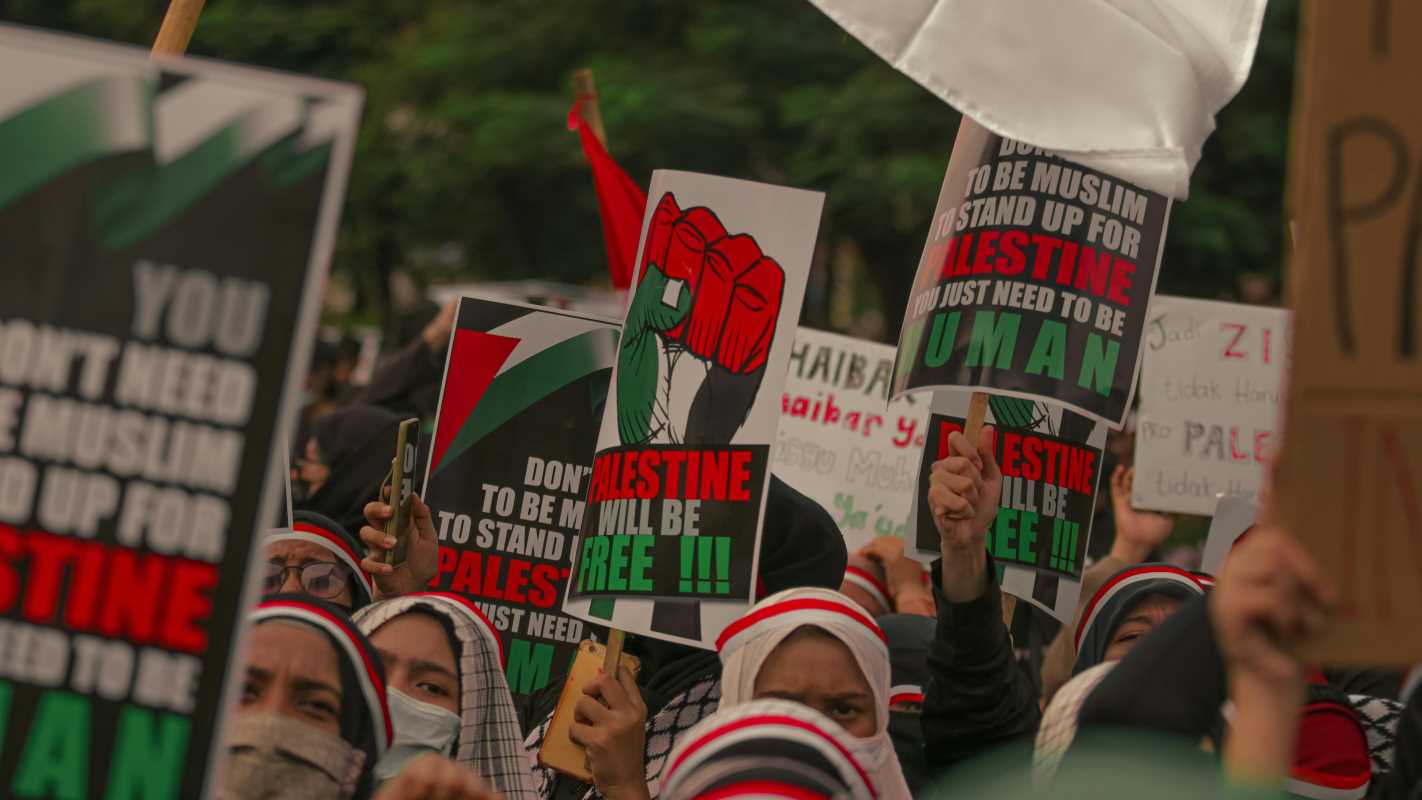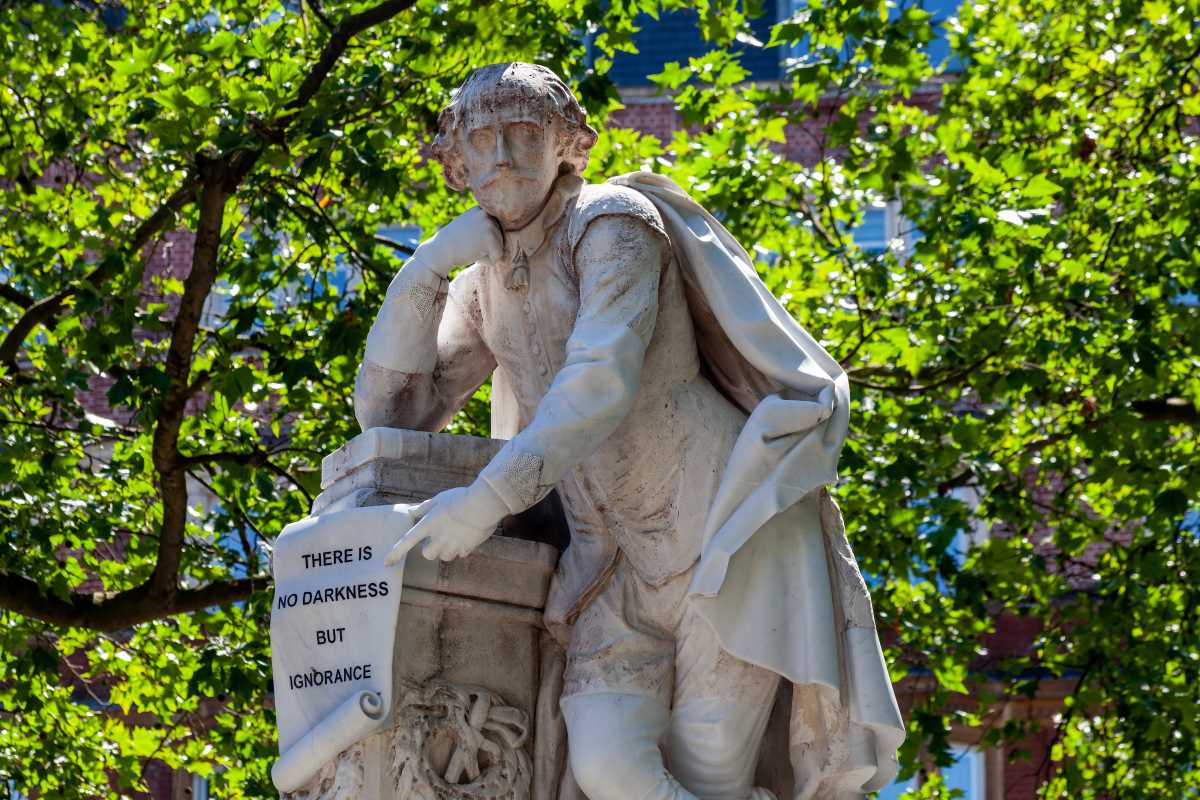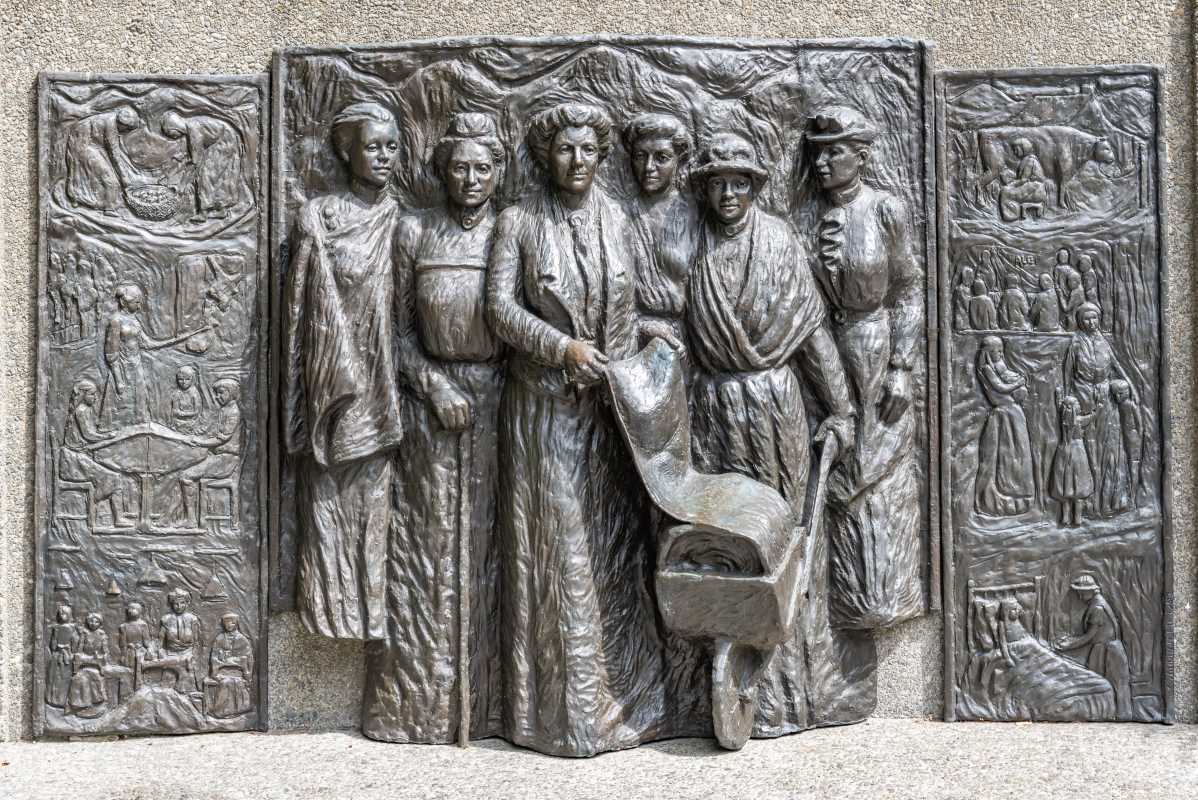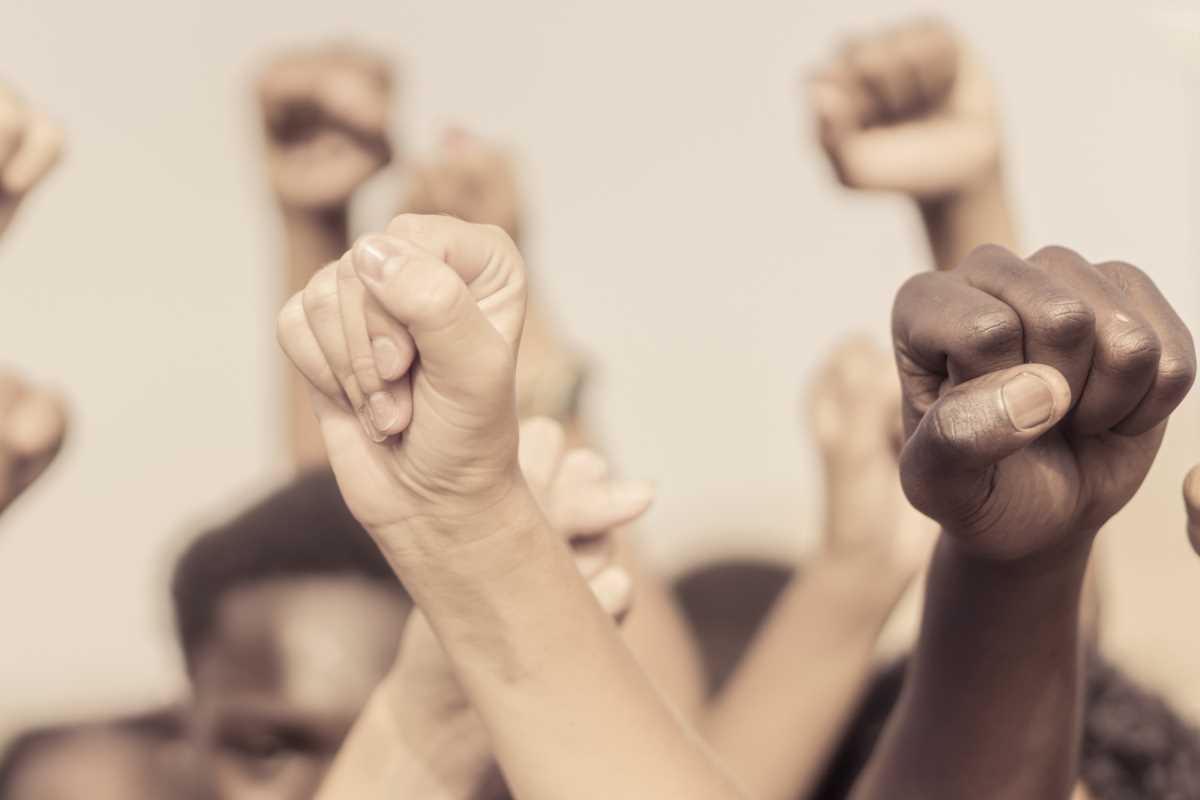When we think about Jim Crow laws, our minds often go back to segregated buses, “whites only” signs, and a dark chapter of American history when racial discrimination was written into the law. Ending these laws marked a significant step toward equality, but their legacy didn’t simply disappear when the Civil Rights Movement achieved major milestones in the 1960s. Many of the systems and practices put in place during the Jim Crow era continue to influence society today, particularly in the realm of criminal justice.
Understanding how deeply rooted these laws are in shaping modern systems is crucial to addressing the challenges we face today in criminal justice reform. By tracing the historical ties between Jim Crow laws and current inequities, we can better understand why reform efforts are so important and how they could pave the way for a more just and fair society.
What Were Jim Crow Laws?
Jim Crow laws were state and local laws implemented primarily in the southern United States after the Civil War, lasting through the mid-20th century. These laws enforced racial segregation, restricted voting rights for African Americans, and created a society where Black Americans were systematically treated as second-class citizens.
Key Features of Jim Crow Laws:
- Segregation: Black and white Americans were forced to live in entirely separate spheres, from schools and public transportation to restaurants and water fountains.
- Disenfranchisement: Voting rights were suppressed through tactics like literacy tests, poll taxes, and voter intimidation.
- Institutionalized Inequality: Economically, socially, and legally, Black Americans were denied access to opportunities and treated as inferior under the law.
While the Civil Rights Movement succeeded in dismantling these overtly racist laws, the damage was already done. These structures didn’t simply vanish overnight but instead evolved into more subtle forms of inequality.
The Connection Between Jim Crow and the Criminal Justice System
One of the most lasting impacts of Jim Crow laws can be seen in the criminal justice system. Many practices that disproportionately harm people of color today have their roots in this period.
Mass Criminalization and the Aftermath of Slavery
After slavery was abolished, the South faced a significant labor shortage. To maintain control over African Americans and ensure a continuous supply of cheap labor, many states introduced laws that criminalized minor or fabricated offenses. Known as Black Codes, these laws allowed local authorities to arrest freed Black individuals for activities like loitering or being unemployed. Once convicted, they were often leased out to work for private businesses or on state projects in a system known as “convict leasing.”
While Black Codes eventually gave way to Jim Crow laws, the criminalization of Black communities continued. Fast forward to the 20th century, and this legacy can still be seen in the way communities of color are disproportionately targeted by law enforcement and the judicial system.
The War on Drugs and Racial Disparities
The policies implemented during the so-called War on Drugs in the 1980s and 1990s carried echoes of Jim Crow-era practices. Sentencing laws, such as those surrounding crack cocaine versus powder cocaine, resulted in Black Americans facing much harsher penalties than white Americans for similar crimes. Entire communities were torn apart by mass incarceration, which disproportionately affected Black and brown Americans.
Policing Practices
Historically, law enforcement in the South was used to enforce Jim Crow laws, with police officers tasked with maintaining segregation and suppressing civil rights activism. This created a deep distrust between Black communities and law enforcement. Today, many people still feel the echoes of this relationship in policing practices like racial profiling, stop-and-frisk policies, and police brutality, which disproportionately impact communities of color.
Modern Criminal Justice Reform Efforts
While overtly racist laws like those during the Jim Crow era are no longer in place, the systemic inequalities they created continue to persist. Reforming the criminal justice system has become one of the central focuses of activists and policymakers interested in addressing these inequalities.
Sentencing Reform
One major area of focus is sentencing disparities, particularly for non-violent offenses. Activists are pushing for changes to mandatory minimum sentencing laws, which often result in lengthy prison sentences for minor drug offenses. These laws disproportionately affect Black and Latino individuals, contributing to racial disparities in incarceration rates.
For instance, recent efforts have been made to address the disparity in sentencing for crack versus powder cocaine offenses. Though progress has been made in reducing this gap, the remnants of these policies still highlight how historically discriminatory practices linger in modern law.
Ending Cash Bail
The cash bail system has also come under scrutiny. Under this system, individuals who are arrested must pay a certain amount of money to be released from jail while awaiting trial. Those who cannot afford bail, disproportionately people of color and low-income individuals, are forced to remain in jail, sometimes for months or even years. Reform efforts aim to replace this system with fairer alternatives that don’t punish people for being poor.
Police Accountability
Policing reform has also become a central theme in discussions about criminal justice reform. Proposals like ending qualified immunity (which shields officers from being held accountable for misconduct) and increasing the use of independent investigations into police shootings aim to rebuild trust and ensure accountability. Training programs that focus on implicit bias and community policing also play a significant role in addressing racial disparities.
Restorative Justice
Restorative justice initiatives offer an alternative to traditional punitive measures. These programs emphasize rehabilitating offenders and repairing harm done to victims and communities. They prioritize healing rather than punishment, a shift that stands in stark contrast to the punitive systems rooted in Jim Crow-era practices.
The Role of Grassroots Movements
Grassroots activism has been critical in pushing for meaningful change on these issues. Movements like Black Lives Matter have brought national and global attention to systemic racism in policing and criminal justice. They build on the legacy of civil rights activists who fought against Jim Crow laws, emphasizing that the fight for equality is ongoing.
Notably, these movements draw connections between historical and present-day injustices. By invoking the memory of Jim Crow, they highlight how discriminatory practices of the past continue to shape the realities faced by marginalized communities today.
The Path Forward
Addressing the legacy of Jim Crow laws in the criminal justice system isn’t just a matter of rewriting policies. It requires a broader cultural shift to dismantle the systemic racism embedded in many institutions.
Education and Awareness
One of the key steps is ensuring that people understand the historical roots of these issues. Public education campaigns, community discussions, and even changes to school curriculums can help spread awareness about the connections between Jim Crow laws and today’s criminal justice challenges.
Policy Change
Changes in legislation are essential for addressing systemic inequities. This includes reforming sentencing laws, eliminating cash bail, and increasing oversight of law enforcement. Policymakers must listen to the voices of marginalized communities and prioritize laws that promote equity and fairness.
Community Investment
To truly address the damage caused by Jim Crow-era discrimination, we must invest in communities disproportionately affected by the criminal justice system. This means creating opportunities in education, housing, and employment to break cycles of poverty and systemic disenfranchisement.
 (Image via
(Image via





